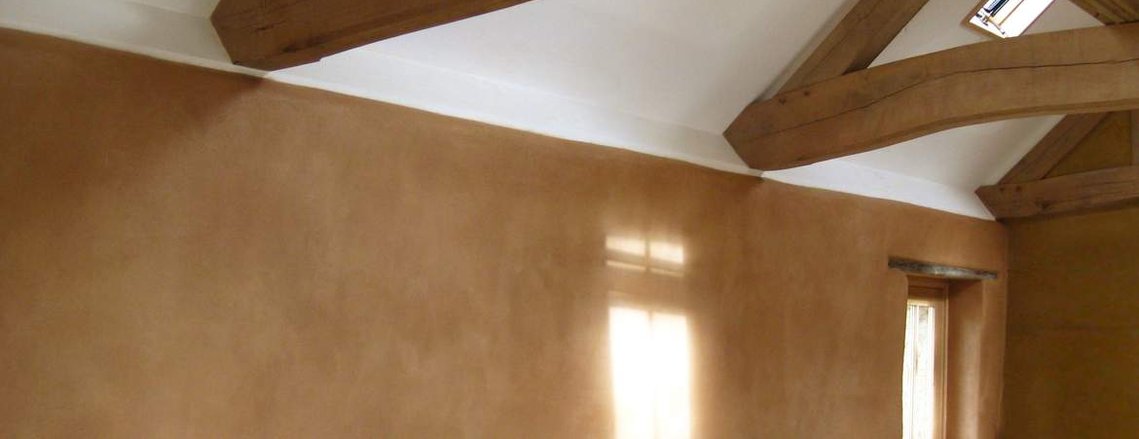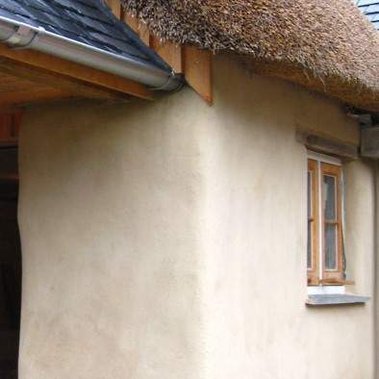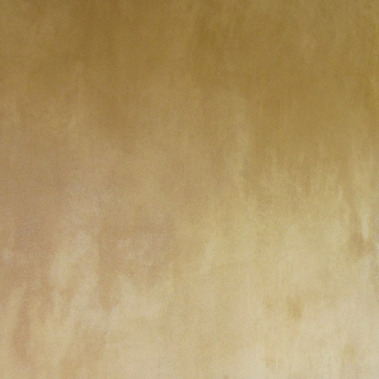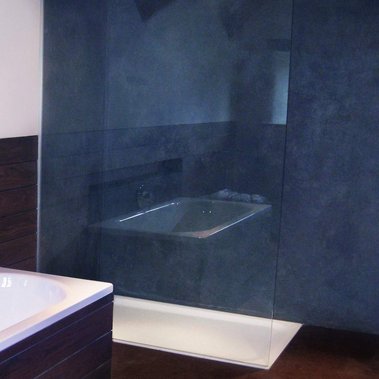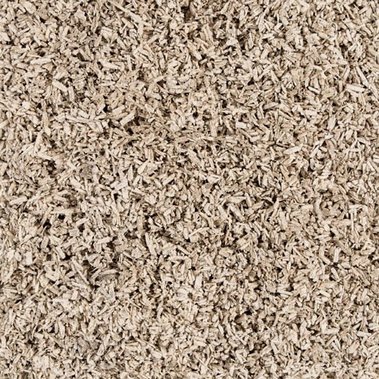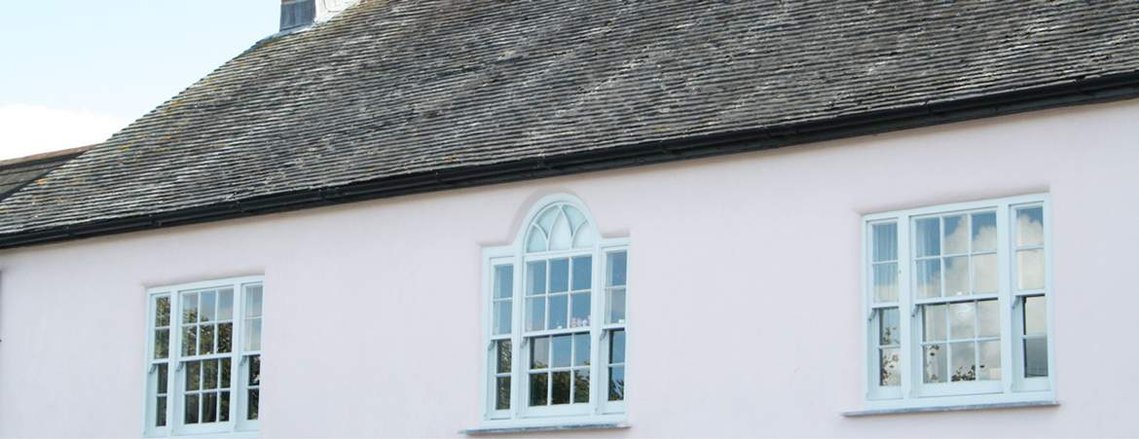Welcome to Strawhaus: a building company on the North Cornish coast specialising in the restoration and renovation of historic buildings and contemporary ecological building. Strawhaus has particular expertise in lime pointing, lime plastering and lime rendering, cob conservation and repair and clay plastering; blending sustainable materials with traditional construction techniques.
Strawhaus was founded by Paul Fitzpatrick, whose knowledge and expertise of working with natural materials is reflected in the excellent quality of his work. He is supported by a collection of friends who are highly skilled tradesmen with many years’ experience in both conventional and traditional building techniques.
Strawhaus has worked on projects from Cornwall to Inverness.
paulfitzpatrick2011@hotmail.co.uk
07973 683582
Services
External Lime Rendering and Lime Pointing
A lot of our work involves the removal of inappropriate sand and cement renders on cob and stone buildings and the application of a new lime render that allows the building to breathe. This is applied in 3 coats: 2 base coats with hairs or fibres, and a finer top coat usually sponge finished.
Internal Plastering
Internal plastering in lime, clay tadelakt and gypsum.
Cob Repairs and Conservation
We often work on cob buildings. After removing old render coats we carry out any necessary cob repairs to movement cracks etc. before re-rendering in lime. We also do new cob work if required/ requested.
Hempcrete Construction
Carbon-negative 'breathable' buildings with excellent thermal mass.
Training
Training: in the use of lime, clay and conventional gypsum plasters. Workshops are available to home-owners, self-builders or contractors on site.
About Us
Paul Fitzpatrick is the founder and director of the natural building company 'Strawhaus', which specialises in sustainable building methods. He is a ‘time-served’ craftsman with many years’ experience in all aspects of the construction industry.
Paul entered the building trade at the age of 17 when he completed a 4 year apprenticeship in woodwork where he gained his Advanced Craft City & Guilds, and the award for Apprentice of the Year. On completion of his apprenticeship, Paul then trained as a plasterer and spent the next decade learning all aspects of gypsum plastering and general building.
Paul also had a keen interest in aid work triggered by his early involvement in the delivery of medical supplies, by convoy, to Romanian orphanages and hospitals. In 1990, this led him to pursue a BSc in Anthropology at Goldsmith’s University. This was followed by an MA in the Anthropology of Development at SOAS specialising in East Africa as an ethnographic region, where he then went on to obtain first-hand experience of a wide variety of aid-funded urban development projects in Kenya dealing with squatter upgrading programmes through community building schemes in the shanty towns of Nairobi. It was at this time that Paul developed a deep interest in the way that people interact with, and are shaped and influenced by, the spaces in which they live. He also achieved a greater understanding of sustainable vernacular building practices, those which use natural materials such as earth, straw,wood, lime and clay.
Paul has spent the past 15 years, developing and extending this knowledge of traditional building methods. He undertook courses in ‘Advanced Lime Plastering’ at the Scottish Lime Centre, and also specialised in polished plastering: venetian, marmorino and tadelakt. He has trained with Barbara Jones, author of ‘Building with Straw Bales’; with Kevin McCabe, a Devon cob builder, and has since gained a detailed working knowledge, and experience, of building with cob as the Site Manager for Adam and Katy of Clayworks (formerly Cob in Cornwall) authors of ‘Building with Cob’ and ‘Using Natural Finishes’, who are two of the UK’s leading experts in earth building and using natural finishes.
Paul continually promotes the use of low-impact building methods through his work with the Low Impact Living Initiative (LILI), and is their expert on the use of lime and clay plasters. He demonstrates and teaches the use of clay and lime plasters throughout the UK, in addition to demonstrating at exhibitions including Ecobuild and Grand Designs.
Paul is an approved trainer for the Traditional Skills Bursary Scheme and has trained English Heritage bursary students in the use of lime renders and clay plasters. In 2011, Ned started working as an apprentice for Strawhaus learning all aspects of traditional building with the aim of gaining his NVQ Level 3 in Heritage Skills.
More recently, Paul has been using hempcrete: a carbon negative building system used in solid walls, solid floors, roof insulation and in the repair of historic buildings. It has excellent thermal properties and is breathable.
Paul’s aim is to always bring together the best of both modern and traditional building methods in the creation of beautiful, healthy buildings.
FAQ
Why use lime?
In the 1970’s evidence began to emerge of the damage caused to historic buildings by the use of cement mortars and modern plasters. The realisation of the adverse effect of such materials upon these buildings has led to a revival in the use of lime over the last 30 years. The primary reason for this is that lime is more tolerant of movement in the fabric of the building, and vapour permeable; allowing buildings to breathe thus reducing the risk of trapped moisture and consequent damage to the building over time. Lime also has less embodied energy in its manufacture than cement and is therefore less damaging to the environment.
What are clay plasters?
Clay plasters have been used in buildings in the UK and all over the world for thousands of years. They are particularly well-suited to historic buildings as, like lime, they have excellent vapour permeability. Clay plasters are hygroscopic which means they absorb moisture if humidity is high, hold it without being damaged, and when humidity falls release moisture back to the air. They are, therefore, able to maintain a consistent humidity and minimise damp and mould caused by condensation.
What is tadelakt?
Tadelakt is an ancient Moroccan plaster technique. It has a particularly beautiful and durable finish and is often used in bathrooms and wet-rooms because of its water-repellent qualities.
What is hempcrete?
Hempcrete is a mixture of 3 components: hemp shiv, a lime binder and water. It is used as a walling system, as external/internal insulation or roof insulation as its high thermal mass creates highly insulated buildings. Buildings built with hempcrete are healthy, breathable and‘carbon-negative’. It is used in historic building renovation as it is approved by English Heritage and is particularly suited to ‘ in-fill’ panels on timber- framed structures.
Contact
s t r a w h a u s


